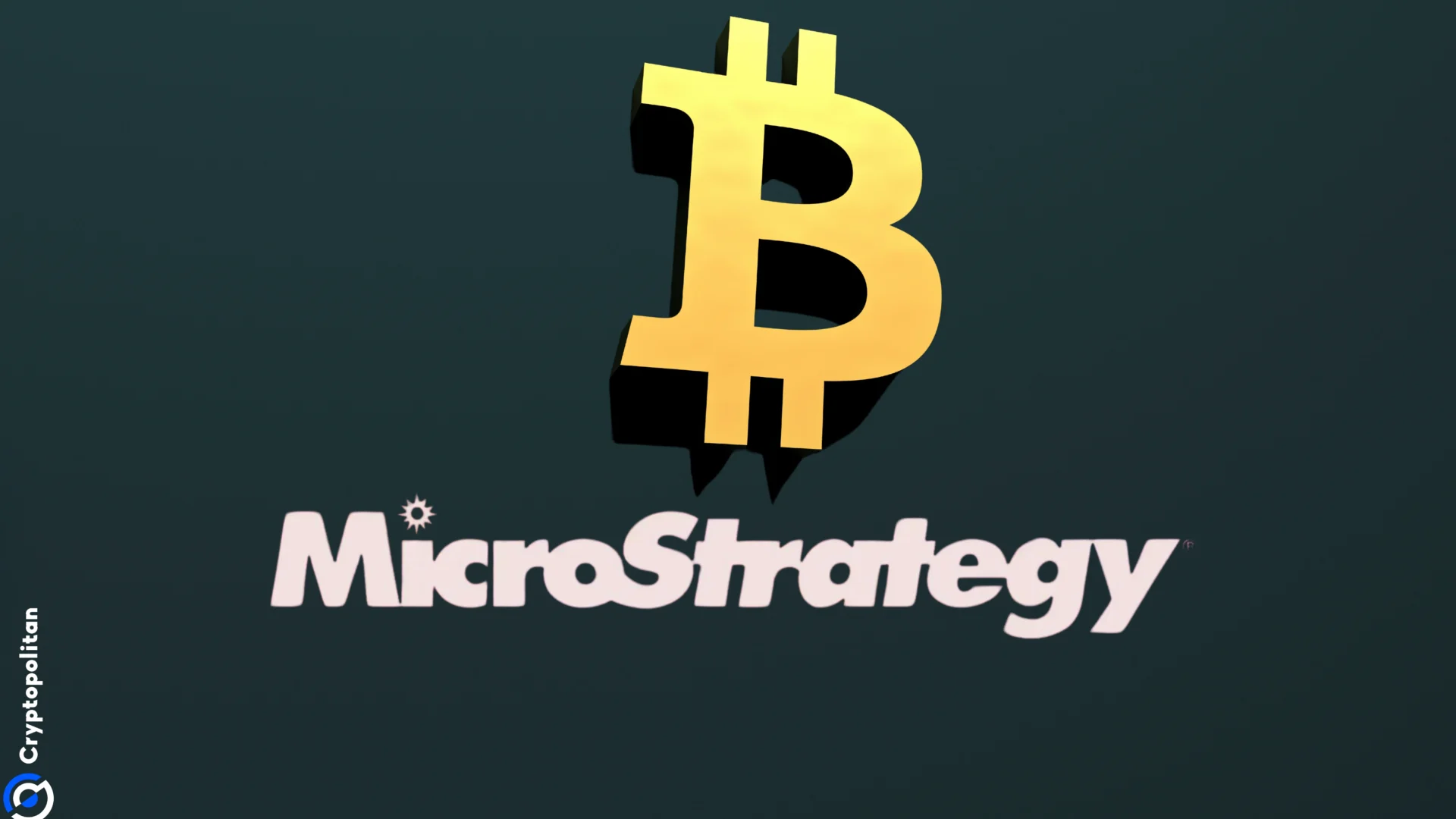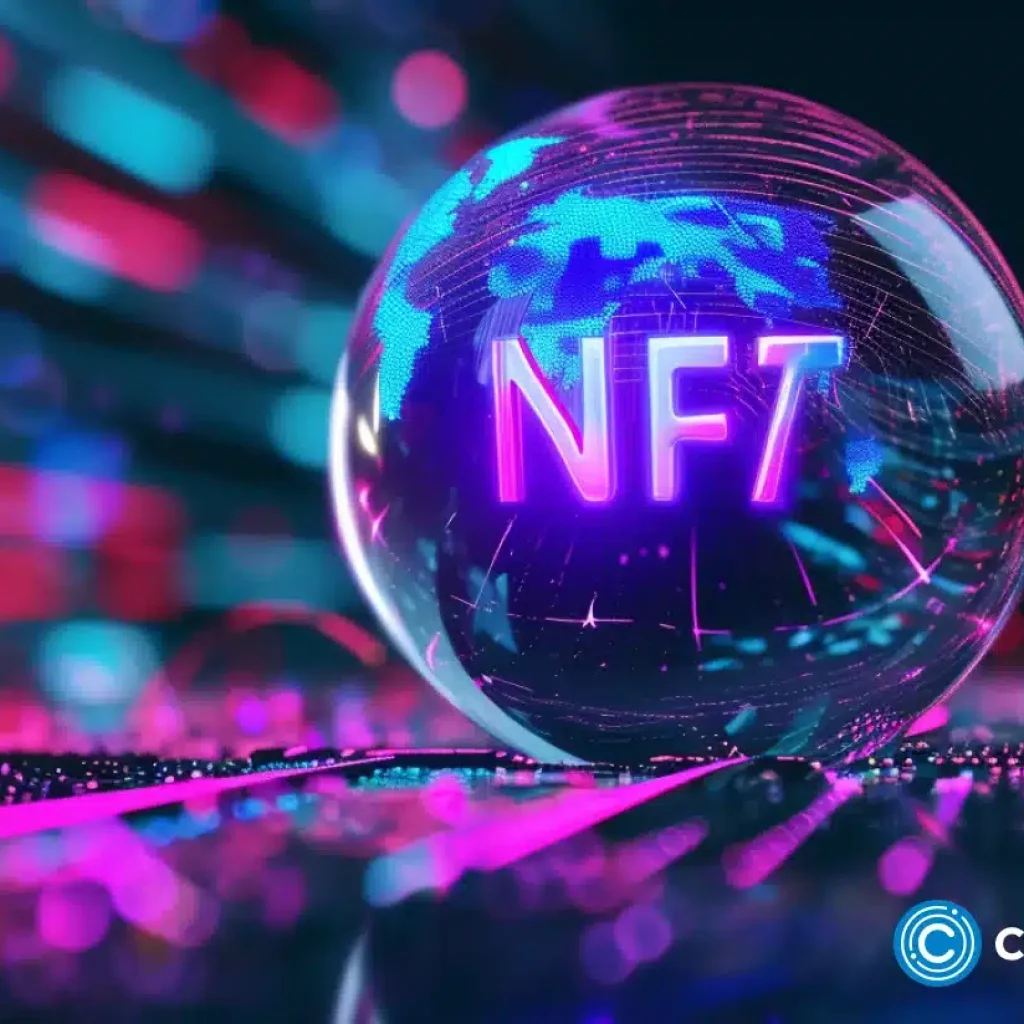Michael Saylor, the founder and executive chairman of MicroStrategy, laid out his plan for the company in a recent interview.
The goal? To transform MicroStrategy into the leading Bitcoin bank. Saylor wants to build a company that deals in Bitcoin capital market instruments.
Equities, convertibles, fixed income, and preferred shares linked to Bitcoin. He strongly believes that BTC is the top-performing asset of the century.
MicroStrategy’s trillion-dollar vision
Saylor’s vision is rooted in his belief that Bitcoin is the ultimate digital capital, capable of outpacing inflation and securing long-term value.
He says that Bitcoin’s volatility makes it attractive to investors looking for high returns. MicroStrategy is positioning itself to take advantage of the future when Bitcoin becomes an essential part of both institutional and retail portfolios.
Saylor predicts that if the company can secure $20 billion in convertible debt, $20 billion in preferred stock, and another $10 billion in various forms of debt, MicroStrategy could hold as much as $150 billion in Bitcoin. In his words:
“The company trades at a 50% premium, with more volatility and ARR.”
From this position, Saylor believes they could build a company valued between $300 billion and $400 billion, dominating both the equities and options markets.
His ambition is to chew into the fixed income markets, constantly raising more capital to buy more Bitcoin. He thinks MicroStrategy will eventually be a trillion-dollar company.
Right now, Bitcoin accounts for only 0.1% of global financial capital, but Saylor predicts this will jump to 7% by 2045. If that happens, he expects the price of Bitcoin to surge as high as $13 million per coin.
If U.S. capital markets continue to allow MicroStrategy to raise funds through debt, equity, and other financial instruments, the company will keep scaling up.
The plan is to arbitrage between dollars and Bitcoin, which Saylor expects to grow by around 29% per year.
Borrowing to buy Bitcoin
Saylor’s approach to Bitcoin isn’t about lending it out. MicroStrategy isn’t following the traditional banking model. Instead of loaning Bitcoin to others, the strategy involves borrowing money to buy more Bitcoin.
He sees Bitcoin’s underlying growth rate as an attractive enough reason to keep borrowing, with no plans to lend out any of the company’s Bitcoin holdings. Saylor broke it down like this:
“It’s much more intelligent to borrow a billion dollars from the fixed income market and lend it to Bitcoin at a 50% ARR, with no counterparty risk, than to reverse that and find someone willing to pay me 12%-14%.”
For him, lending to governments, corporations, or individuals is far riskier than “lending to Bitcoin,” which simply means investing in more Bitcoin.
He believes it’s smarter to borrow from people who are willing to lend, offer them a slightly better yield, and then funnel that money into Bitcoin, which he says can bring in returns between 30% and 50%.
“Once you get past the volatility and learn to manage it,” Saylor said, even the bear-case scenario for Bitcoin is a 22% annual growth over the next decade.
Saylor’s confidence is that Bitcoin is a trillion-dollar asset class, eventually growing to $10 trillion and beyond that, $100 trillion.
He’s adamant that the company can raise $100 billion or even $200 billion in the future. “The risk is very simple—it’s Bitcoin. You either believe it’s something, or you believe it’s nothing,” Saylor added.





